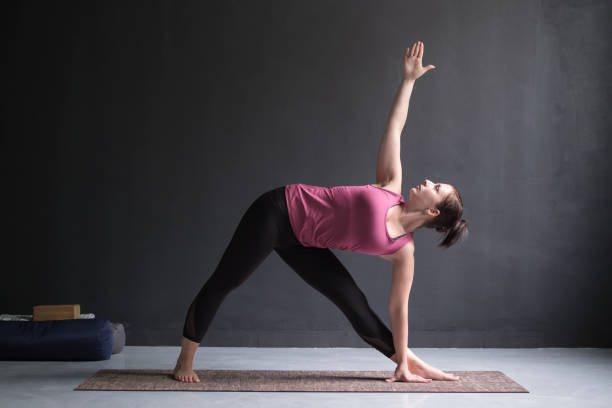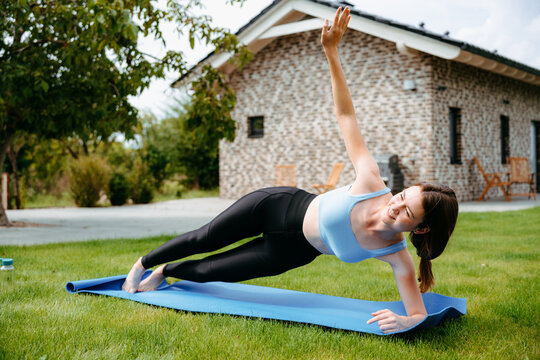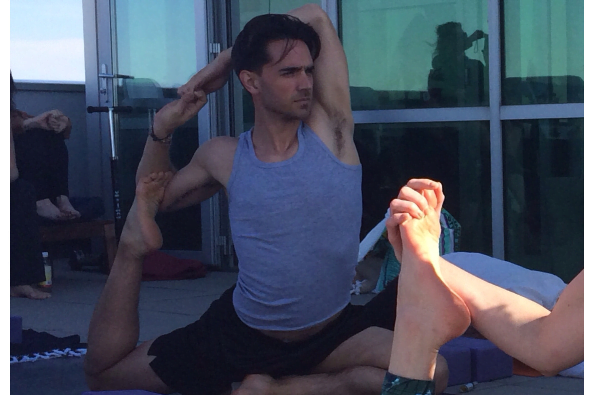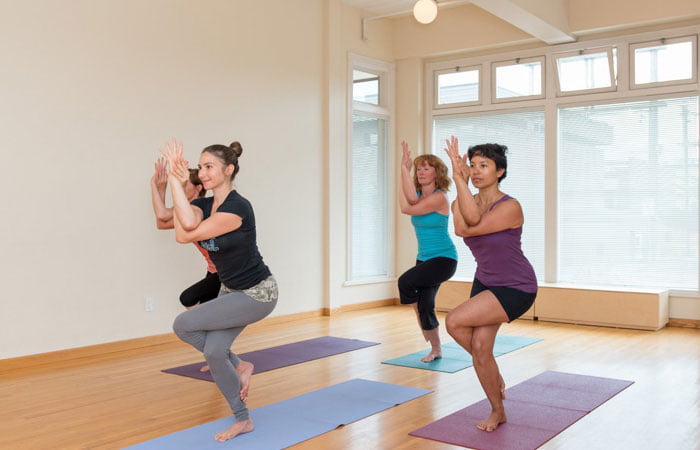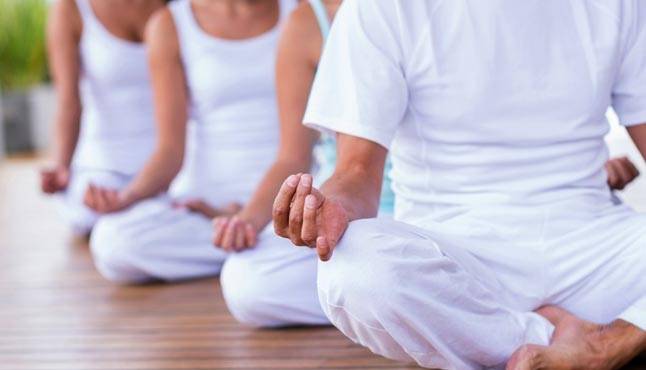Iyengar Yoga is a style of hatha yoga. This style of hatha yoga is developed by Bellur Krishnamachar Sundararaja Iyengar or B.K.S. Iyengar, That’s why this type of yoga is called Iyengar yoga. This type of yoga is One of the traditional eight limbs of yoga explained by Patanjali in his classic book about yoga, ‘The Yoga Sutras’. The Iyengar strategy for training underlines the development of self-learning fundamentally through Asana (yoga positions) and Pranayama (Breathing exercise). This type of yoga gives attention to the development of strength, stamina, flexibility, alignment, balance, concentration, and sharp mindfulness. Iyengar Yoga offers an unmistakable and grounded way to the all-encompassing strength of body, psyche and soul. Iyengar Yoga is very effective to be healthy and to live longer. So, let’s see Iyengar yoga basic poses to know more about this yoga and it benefits.
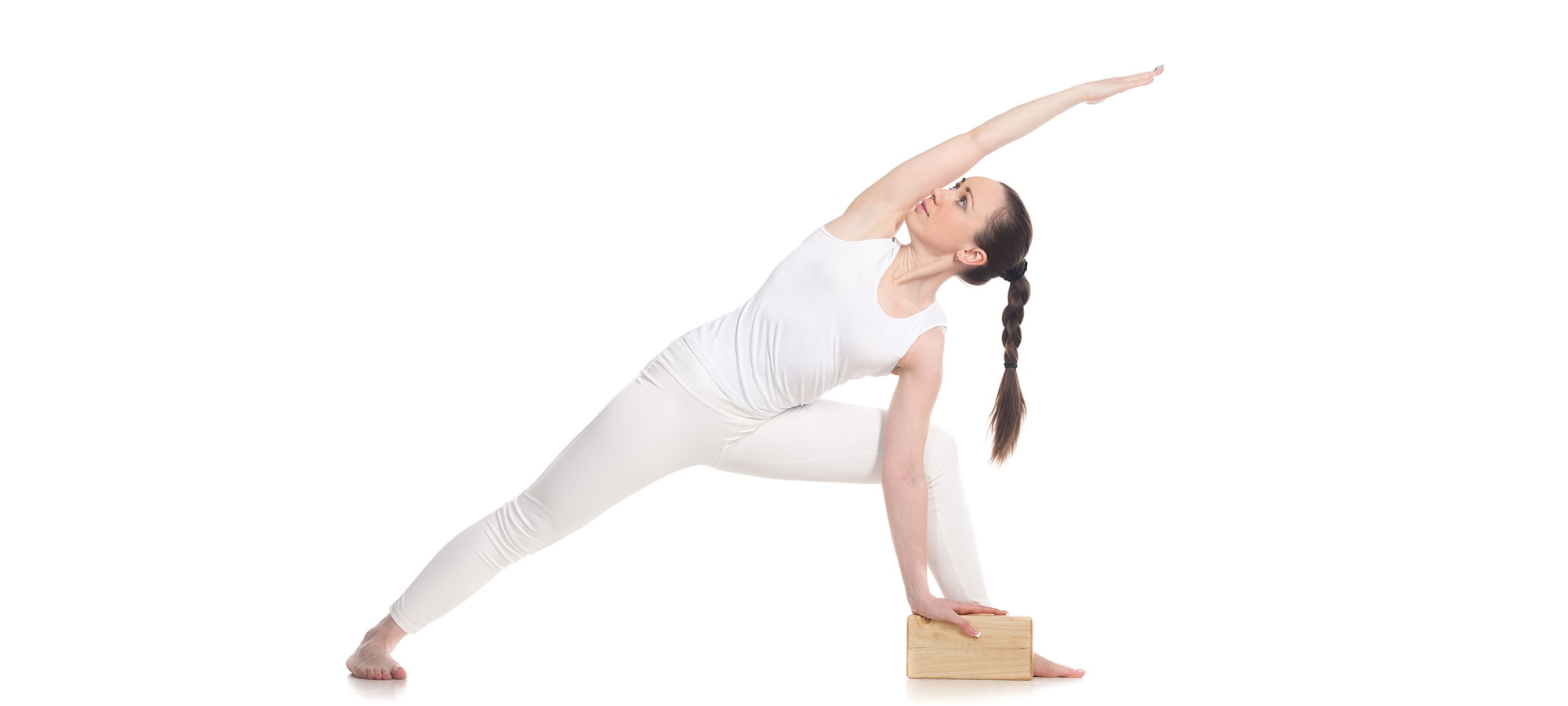
Source :- alignvail . com
Table of Contents
Basic Poses Of Iyengar Yoga:
Iyengar yoga has many benefits on health, so let’s get to know about some Iyengar yoga basic poses to start along with it…
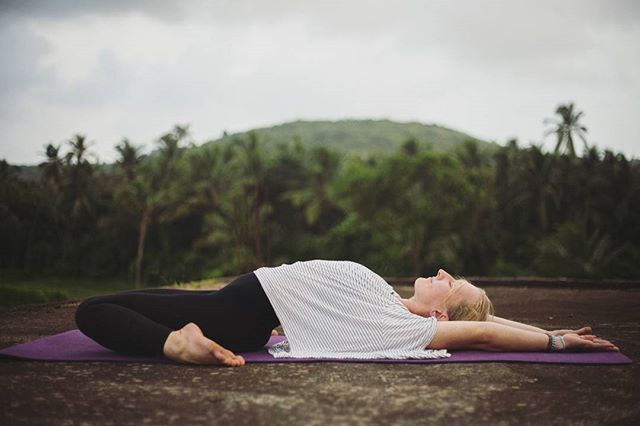
Virasana or Hero Pose :
Virasana or hero pose is one of the Iyengar yoga basic poses. Virasana is a basic sitting posture. In Sanskrit, “Vir” means Hero, and “Asana” means yoga posture. Virasana is magnificent for contemplation. Even though it is a superb posture to keep your knees healthy and stable, yet you ought to maintain a strategic distance from this yoga position on the off chance that you have knee or lower leg damage.
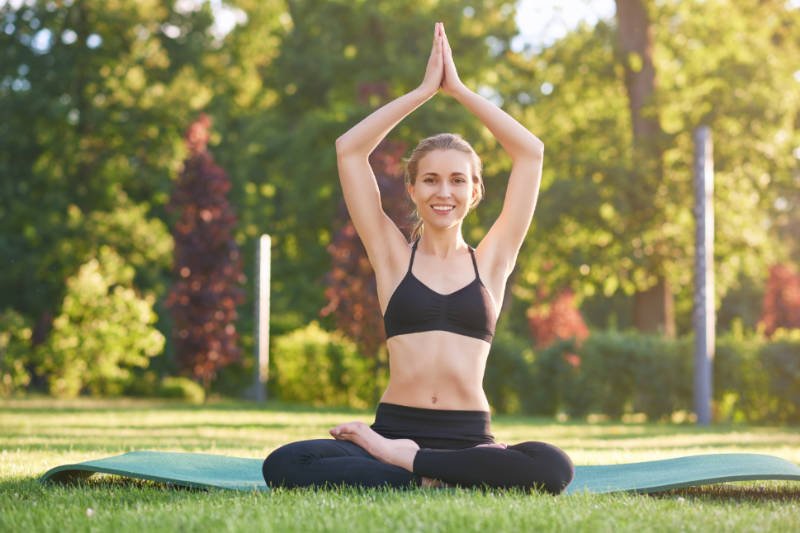
Source :- zliving . com
Parvatasana or The Seated Mountain Pose :
Parvatasana is an easy seated asana, or, in other words, be a standout amongst the most critical situated stances in yoga. The English name for Parvatasana is mountain present. Parvatasana originates from the Sanskrit words Parvata, signifying “mountain,” and asana, signifying “present.” In Parvatasana, the body is thought to look like the state of a mountain. While the legs are grounded in padmasana, or lotus represents, the entire of the abdominal area is extended upwards with the arms over the head and palms squeezed together.
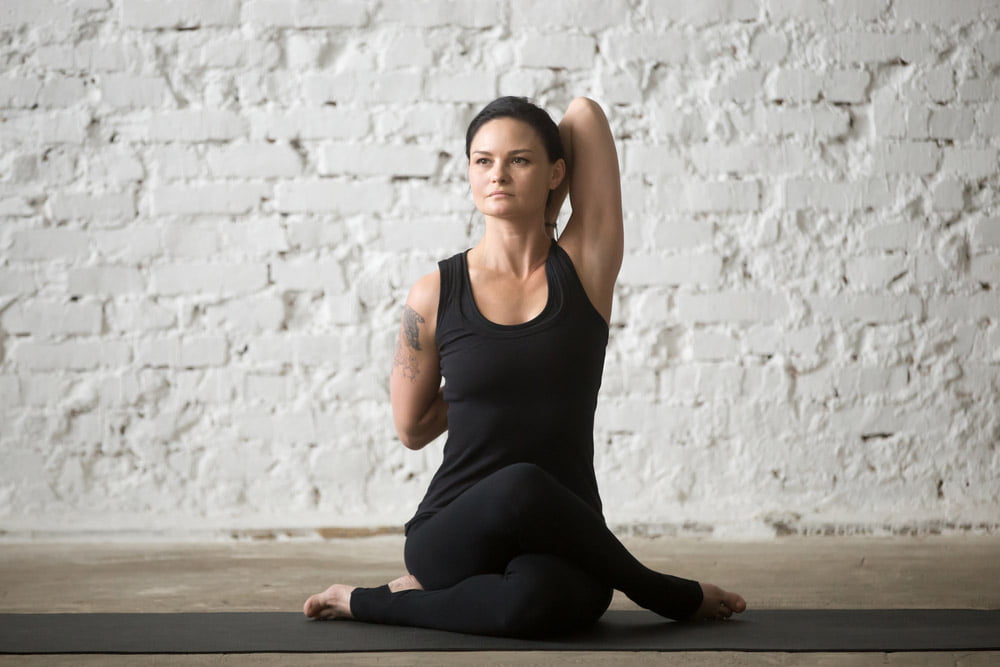
Gomukhasana or The Cow-Face Pose :
Utthita Trikonasana or Extended Triangle Pose :
Utthita Trikonasana (Extended Triangle Pose) resembles its name. You can see a few triangles in the represent: Your hands and back foot are the purposes of one; your two feet are purposes of another; and your middle, arm, and front leg frame the sides of amazingly, one more. What’s more, Triangle is one of the main postures yoga understudies learn. You can feel solidness in your legs, an extending of your spine, completion in your chest, and opportunity in your neck and shoulders.
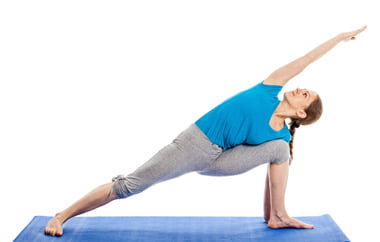
Source :- theyogaposes . com
Utthita Parsvakonasana or Extended Sides Angle Pose :
Utthita signifies ‘extended’ likewise ‘standing’ and Parsva signifies ‘side’, and Kona signifies ‘point’. Together Utthita Parsvakonasana signifies ‘body stretched out as an afterthought having the edge in the side of body’. Honing this posture broadens the best segment of your body through your elevated arm, and from your back piece of the body. Utthita Parsvakonasana makes footing in the spine which helps in supporting vertebral circles.
These are the Iyengar yoga basic poses, So try these at home and be healthy…
FAQ:
Q. What is Iyengar Yoga?
A. Iyengar Yoga is a form of Hatha Yoga developed by B.K.S. Iyengar, emphasizing precision, alignment, and use of props (blocks, straps, bolsters) to achieve proper posture and safe practice. It’s accessible to all levels, including beginners, seniors, and those with injuries.
Q. What are the basic poses taught in Iyengar Yoga for beginners?
A. Common foundational poses include:
- Tadasana (Mountain Pose) – Improves posture and balance
- Adho Mukha Svanasana (Downward-Facing Dog) – Builds strength and flexibility
- Trikonasana (Triangle Pose) – Enhances alignment and stretches the sides
- Virabhadrasana I & II (Warrior I & II) – Builds stamina and focus
- Setu Bandha Sarvangasana (Bridge Pose) – Opens chest and strengthens the back
- Savasana (Corpse Pose) – Deep relaxation and integration
Q. How is Iyengar Yoga different from other yoga styles in teaching poses?
A. Iyengar Yoga:
- Breaks down each pose into detailed steps
- Focuses heavily on alignment and anatomical precision
- Uses props to help practitioners hold poses longer and with proper form
- Emphasizes longer holds rather than flowing sequences
Q. Do beginners need props to practice Iyengar Yoga poses?
A. Yes, props are encouraged to ensure safe alignment and support. Common props include:
- Yoga blocks
- Belts/straps
- Blankets
- Wall support
These help both beginners and experienced practitioners get the most benefit from each pose.
Q. How long should I hold each pose in Iyengar Yoga?
A. Beginners may hold poses for 30 seconds to 1 minute, gradually increasing with guidance. The focus is on quality over quantity, ensuring alignment is maintained throughout.
Q. Can Iyengar Yoga help with physical conditions or injuries?
A. Yes. Iyengar Yoga is highly therapeutic and often used for conditions like:
- Back pain
- Arthritis
- Posture issues
- High blood pressure
- Menstrual and hormonal imbalances
Therapeutic sessions should always be guided by a certified Iyengar teacher.
Q. Is Iyengar Yoga suitable for all ages?
A. Absolutely. Iyengar Yoga is one of the most accessible styles of yoga, suitable for children, seniors, and those with physical limitations, thanks to its focus on safe alignment and use of props.
Q. How can I learn Iyengar Yoga properly?
A. You can start by:
- Attending classes with a certified Iyengar Yoga teacher
- Using official Iyengar Yoga books like “Light on Yoga”
- Watching tutorials focused on beginner sequences with props
- Practicing consistently while focusing on precision
Q. What should I expect from a beginner Iyengar Yoga class?
A. Expect:
- A slower pace
- Detailed instructions
- Use of props
- Repetitions of basic poses
- Emphasis on breath awareness and body alignment
Each class builds a foundation of strength, balance, and awareness.
Q. Is meditation included in Iyengar Yoga?
A. While not meditation-focused, Iyengar Yoga cultivates deep concentration and mindfulness through physical precision. Advanced practitioners often incorporate Pranayama (breathwork) and meditative awareness into their practice.

